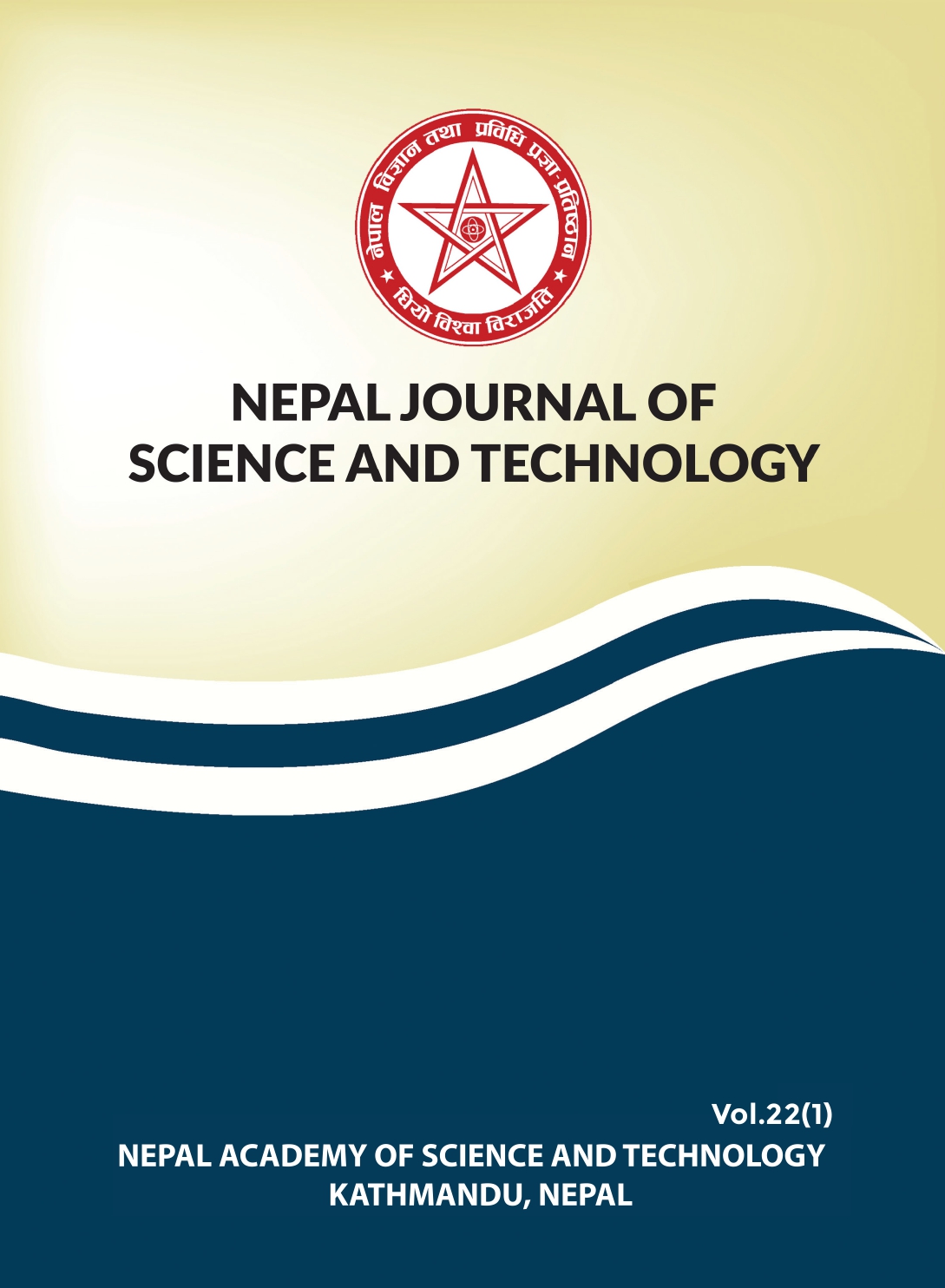Immature Production of Dengue Virus Vectors in Residential and Non-residential Areas of Lalitpur Municipality, Nepal
DOI:
https://doi.org/10.3126/njst.v22i1.67154Keywords:
Dengue, Immature, Mosquitoes, Non-residential, ResidentialAbstract
Global incidence of dengue has grown over recent decades, with half of the population now at risk. Vector control is the main way to control dengue disease, as many dengue vaccines are still under research. Aedes aegypti and Aedes albopictus are the vector species, responsible for dengue transmission in the world. The repeated larvae and pupae sampling of eight times in dry and wet seasons (May to September) was conducted within 100 houses including residential and non-residential. Dipping method using standard dippers were used for immature mosquito collection. This study foundthat non- residential areas are preferred breeding sites for dengue mosquitoes compared to residential premises. The Stegomyia indices, House Index (HI), Container Index (CI) and Breteau Index (BI) were found higher in non-residential houses than that of residential houses.The statistical analysisshows strong significant differences, p<0.05 when compared between two seasons (dry and wet). Seven different types of containers classified by shape, use and materials contribute 72-74% of immature dengue mosquitoes. This study concludes that for dengue mosquitoes’ production, dark coloured containers found in both residential and non-residential sites are highly productive. Thus, further studies covering all seasons and households are highly recommended in the study sites leading to effective vector control actions targeting all types of productive wet containers available in the study area and elsewhere.
Downloads
Downloads
Published
How to Cite
Issue
Section
License
Copyright (c) 2023 The Author(s)

This work is licensed under a Creative Commons Attribution-NonCommercial 4.0 International License.
Authors retain copyright and grant the journal right of first publication.




